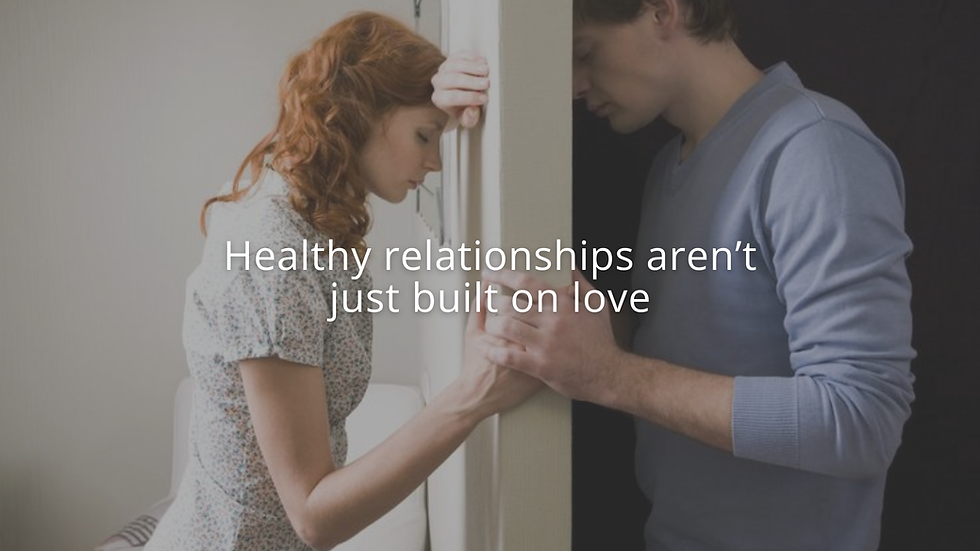How to say NO
- Apr 5, 2022
- 2 min read
Updated: Jul 28, 2022

Why is it so freaking hard to say NO?
You know what I’m talking about.
Those times when someone asks something of you and…
All you want to do is say that teeny, tiny, one syllable word and get on with your day but…
Your body starts to tighten up, your mind starts to race and before you know it you’ve said “YES”.
And although you may have made someone else’s day, ultimately you have still let someone down…
And that someone is YOU.
That icky feeling of disappointment you were trying to prevent someone else from experiencing is now being felt by you.
Over time avoiding saying "NO" may come at a high price, causing a host of problems including relationship issues, anxiety, stress, depression, burnout and lack of personal identity.
The good news, when you learn to say NO you will be exposed to a whole new world of empowerment.
Listen to my Learn to say NO podcast episode on Apple Podcasts or Podbean for a deeper understanding on why we tend to avoid saying NO, the consequences of doing so and some techniques to help you.
In the meantime, here are my six favourite tried and tested ways to say NO:
The direct "no”
When someone asks you to do something you don’t want to do, just say ‘no’. The aim is to say no without apologising. The other person has the problem but you do not have to allow him or her to pass it on to you. This technique can be quite forceful and can be effective with salespeople.
The reflecting "no”
This technique involves acknowledging the content and feeling of the request, then adding your assertive refusal at the end. For example, “I know you want to talk to me about organising the annual department review, but I can’t today”. Or “I know you’re looking forward to a walk this afternoon but I can’t come”.
The reasoned "no”
In this technique, you give a very brief and genuine reason for why you are saying “No”. For example, “I can’t have lunch with you because I have a report that needs to be finished by tomorrow”
The rain check "no”
This is not a definite “no”. It is a way of saying “no” to the request at the present moment but leaves room for saying “Yes” in the future. Only use it if you genuinely want to meet the request. For example, “I can’t have lunch with you today, but I could make it sometime next week”.
The enquiring "no”
As with the rain check “no” this is not a definite “no”. It is a way of opening up the request to see if there is another way it could be met. For example, “Is there any other time you’d like to go?”
The broken record "no”
This can be used in a wide range of situations. You just repeat the simple statement of refusal over and over again. No explanation, just repeat it. It is particularly good for persistent requests.
Kate: Let’s have lunch.
Dave: No, I can’t have lunch with you.
Kate: Oh, please, it won’t take long.
Dave: No, I can’t have lunch with you.
Kate: Oh, go on, I’ll pay.
Dave: No, I can’t have lunch with you.
Which approach do you think you will feel most comfortable trying first?
Feel free to like, share and comment on this blog post below.




Comments